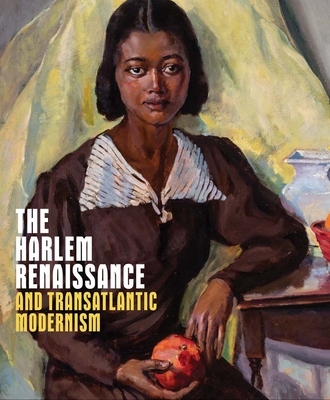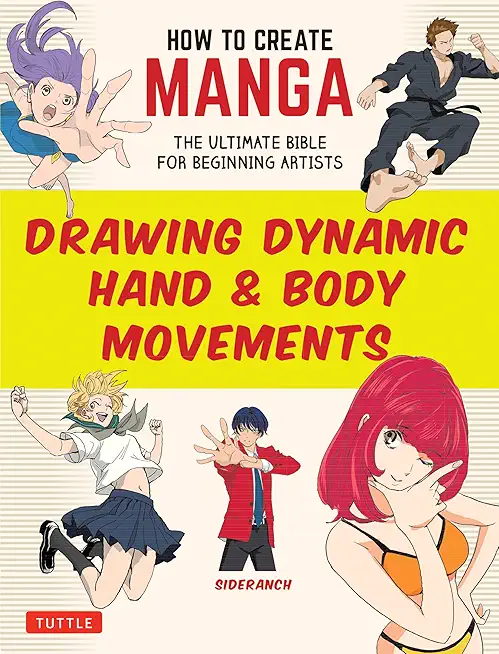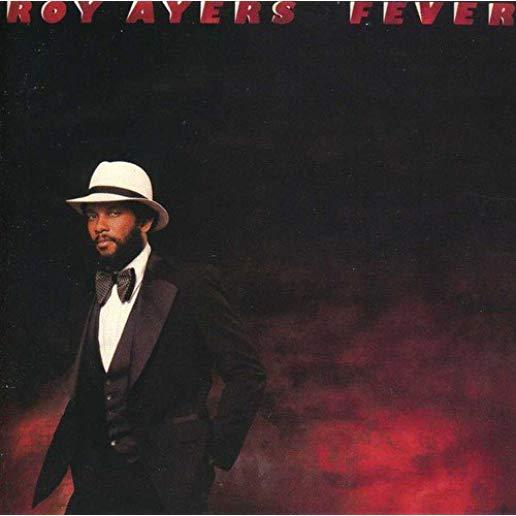
"Art has poisoned our life," proclaimed Dutch artist and De Stijl cofounder Theo van Doesburg. Reacting to the tumultuous crises of the twentieth century, especially the horrors of World War I, avant-garde artists and writers sought to destroy art by transforming it into the substance of everyday life. Following the evolution of these revolutionary groups, How to Be Avant-Garde charts its pioneers and radical ideas.
From Paris to New York, from Zurich to Moscow and Berlin, avant-gardists challenged the confines of the definition of art along with the confines of the canvas itself. Art historian Morgan Falconer starts with the dynamic Futurist founder Filippo Tommaso Marinetti, whose manifesto extolling speed, destruction, and modernity seeded avant-gardes across Europe. In turn, Dadaists Hugo Ball and Emmy Hennings sought to replace art with political cabaret, and the Surrealists tried to exchange it for tools to plumb the unconscious.
He guides us through the Russian Constructivists with their adventures in advertising and utopianism and then De Stijl with the geometric abstractions of Piet Mondrian. The Bauhaus broke more boundaries, transmuting art into architecture and design. Finally, the Situationists swapped art for politics, with many of their ideas inspiring the 1968 Paris student protests.
How to Be Avant-Garde is a journey through the interlocking networks of these richly creative lives with their visions of a better world, their sometimes sympathetic but often strange and turbulent conversations, and their objects and writings that defied categorization.







